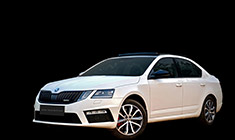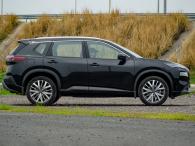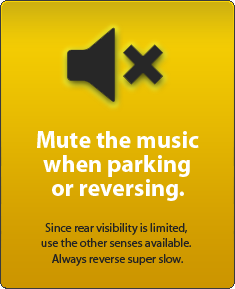News
River Indie electric scooter: Our observations after a day of riding
Start riding the scooter and it's an absolute delight. The 9 BHP motor packs a lot of punch, and the riding modes are tuned very well to suit the purpose.
Riding the River Indie electric scooter
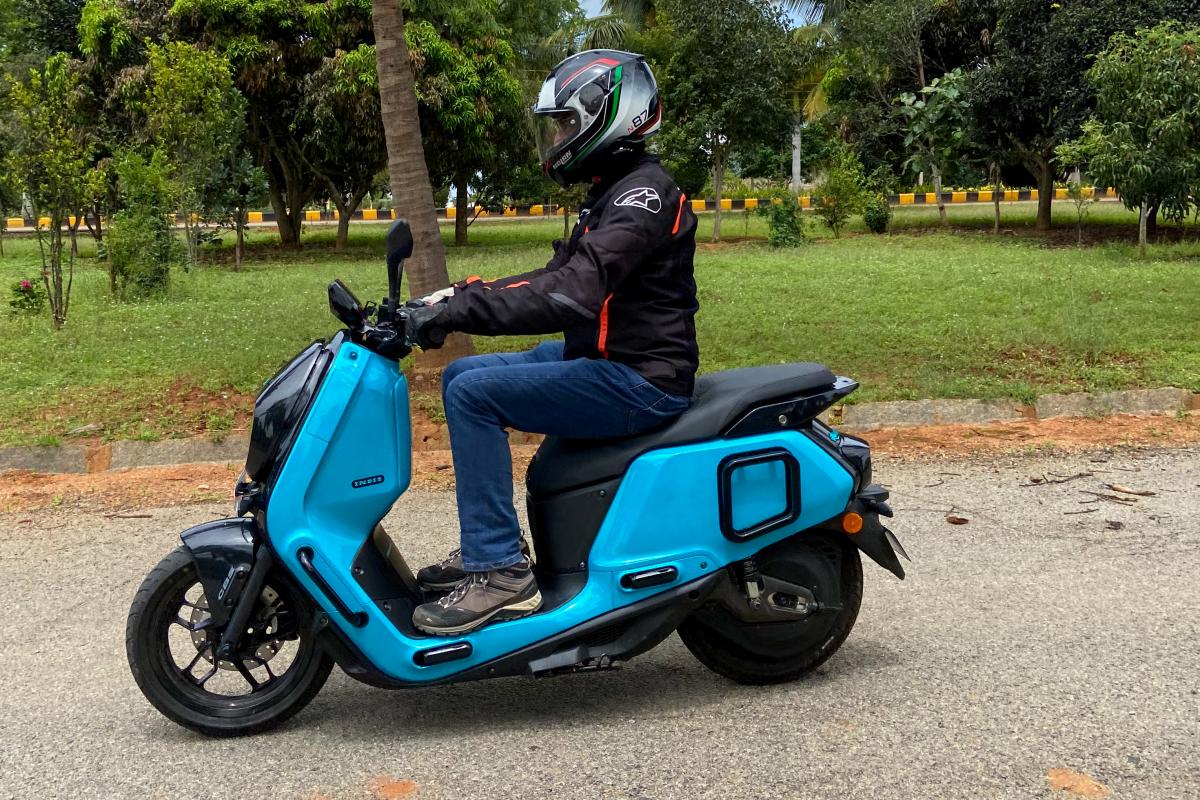
Powering the River Indie is a mid-drive Permanent Magnet Synchronous Motor (PMSM) that makes 9 BHP and 26 Nm. While the top speed is limited to 90 km/h, the scooter can accelerate from 0-40 km/h in 3.9 seconds. The Indie is rated with 18 degrees of gradability. Given the applications that it is designed for, River claims that the Indie is 1.5x more durable than the benchmark for the segment. They claim that the scooter is good to go for 1.5 lakh km.
Start riding the scooter and it's an absolute delight. The 9 BHP motor packs a lot of punch, and the riding modes are tuned very well to suit the purpose. The acceleration helps you keep up with the city traffic with ease. The throttle response is also pretty linear and you will immediately get used to riding on this scooter.
The Indie has three riding modes: Eco, Ride and Rush, and the range and top speed are limited for each mode.
Eco mode gets you ~ 120 km range with top speed limited at 50 km/h.
Ride mode gets you ~ 90 km with the top speed being limited to 70 km/h.
Rush mode is where all the fun is! The range in this mode is ~ 70 km with top speed limited to 90 km/h.
Now, here's how the range estimation works. The engineers mentioned that they have arrived at the range estimation based on the data collected through riding the bike in real-world conditions. The range for each mode is pre-set in the factory and is updated based on the weight (yes, weight) and usage. This is where it gets interesting. While discussing this in detail with the engineers, they mentioned that while the range will be updated based on actual usage, the displayed range may not truly be the actual range available.
For example, say you start riding the Indie in Rush mode while at full charge. The range displayed will be ~ 70 km. If you putter around very sedately at say 40 km/h without straining the motor, the range will not go up. Since the range is preset at 70 km for Rush mode, the displayed range won't go above that. When you switch to Eco mode, you will see the range go up.
With the Eco mode, you can make your way through dense bumper-to-bumper traffic allowing you a generous 120 km range, while being limited to 50 km/h. But with Ride and Rush, you can really let loose and have tremendous fun riding this scooter on the open roads. The bulk of the scooter, the power output tuning, and confident braking make riding this bike quite a pleasurable experience. And unlike some of its peers, you don't feel like you'll be blown away given how small they are built.
Battery Capacity, Charging
The Indie comes with a 4 kWh Li-ion battery. You get an 800W charger as standard with the Indie. This will get you about 80% charge in five hours. The design of the charging port is proprietary so unlike cars where you can charge your vehicle at any EV charging station, you'd need to carry your charger along if you're going long distance or moving around. While the Indie is fast-charging compatible, a Fast Charger is still in the works.
Suspension and Handling
The River Indie gets telescopic suspension with hydraulic dampeners at the front, and twin triple-rated springs with hydraulic dampeners. You have 14" wheels on both front and rear, and what this means is, that the front tyres send a noticeable amount of feedback to the handle. In contrast, the rear suspension is tuned to absorb bumps and potholes.
In terms of handling, the Indie is very easy to maneuver. It does not make its bulk of 140 kg kerb weight felt as you navigate, be it on open highways or tight city streets.
With a parking mode for both forward and backward movement, pulling in and out of tight parking spaces is a breeze.
Braking & Regeneration
The Indie gets disc brakes at both front and rear. The front gets a hydraulic triple-piston 240 mm disc, while the rear gets a hydraulic single-piston 200 mm disc. Braking is quite adequate; the brakes do their job without a fuss even under hard braking when doing decently high speeds (60-70 km/hr).
The braking system is complemented by adaptive regeneration which kicks in under three conditions:
- Braking
- Coasting (when you let go of the accelerator)
- Slip off (when you let go of the accelerator only partially)
The intensity of regeneration is determined by several factors, one of them being the mode that you are riding in.
Continue reading the discussion on the River Indie e-scooter on our forum.
- Tags:
- Indian
- 2-Wheels
- River
- River Indie



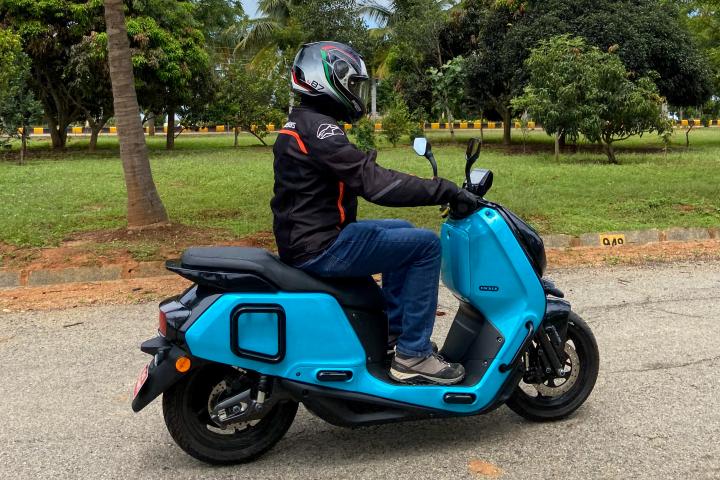
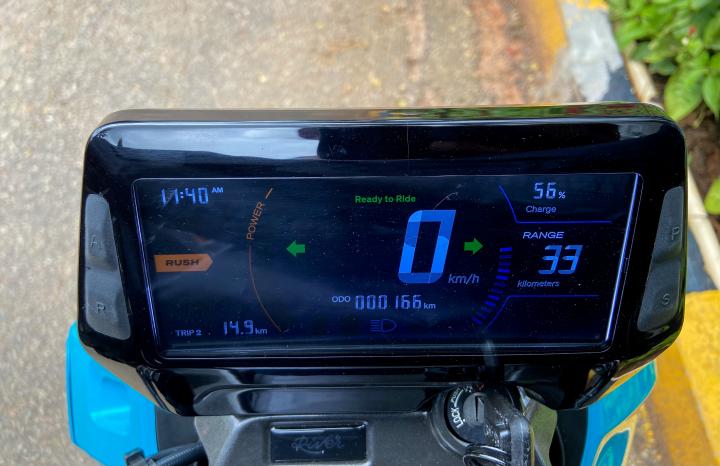
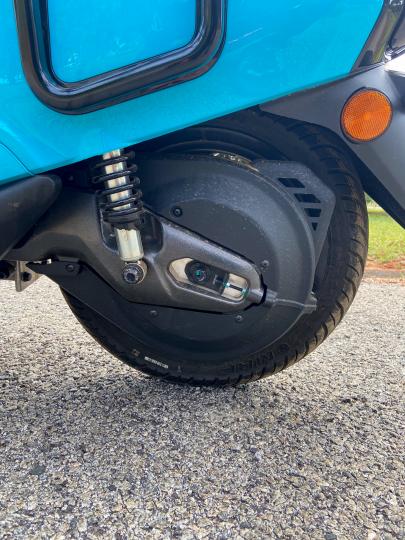






.jpg)







